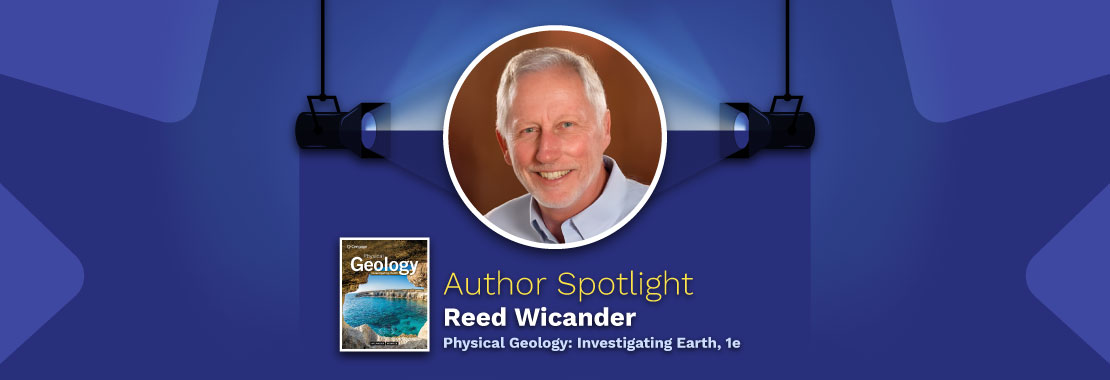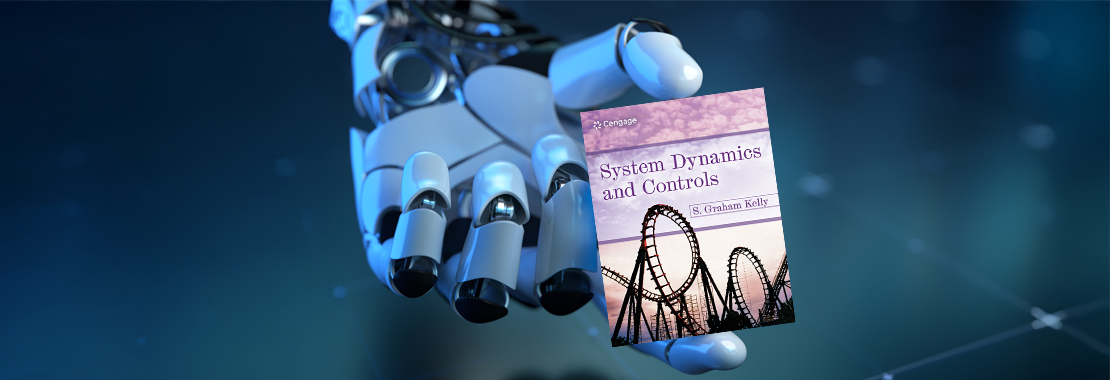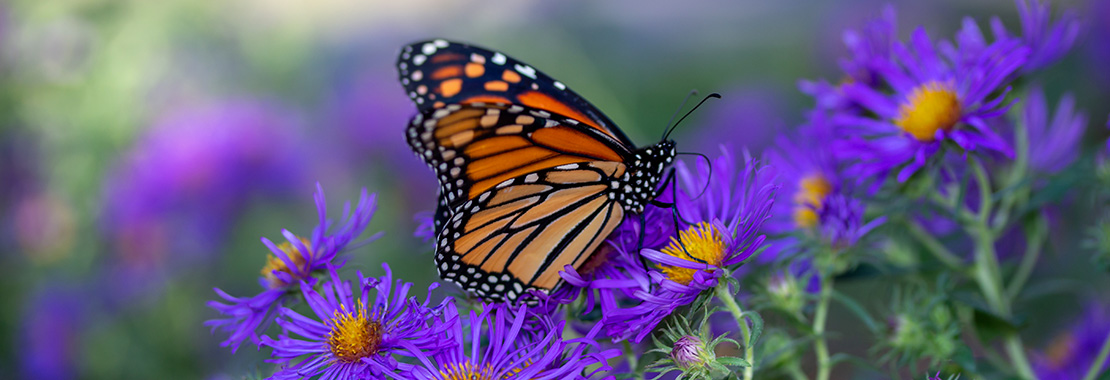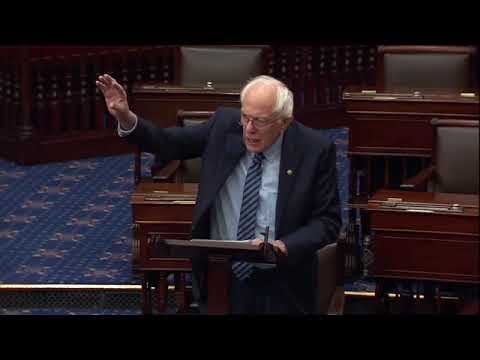Get stories like this delivered straight to your inbox. Sign up for The 74 Newsletter
Historic Foust Elementary School has had a game changing start to the year. School and district leaders, parents, and community members were eager to get inside one of Greensboro’s newest elementary schools for their ribbon cutting ceremony on Feb. 3, 2025 to witness an innovative progression in the school’s history. They were greeted by students and the school’s robotic dog, Astro.
Foust Elementary School, part of Guilford County Schools (GCS), is the country’s first public gaming and robotics elementary school, according to the district. The school still sits on its original land, but the building has been rebuilt from the ground up. They began welcoming students into the new building at the start of 2025.
Foust Elementary School’s history goes all the way back to the 1960s. Foust student Nyla Parker read the following account at the ribbon cutting ceremony:
“Since its construction in 1965, Julius I Foust Elementary School has prided itself in serving the students and families of its community, with the goal of creating citizens who will leave this place with high character and academic excellence. … Now, almost 60 years later, we welcome you to the new chapter of Foust Gaming and Robotics Elementary School. As a student here at Foust, I am excited about various opportunities that will be offered to me as I learn more about exciting industries such as gaming, robotics, coding, and 2D plus 3D animation. Thank you to the voters of our community for saying yes to the 2020 bond that allowed this place to become a reality for me and my fellow classmates. Game on!”
Foust is a Title I school in a historically underinvested part of Guilford County. Several years ago, the district conducted a master facility study, which resulted in Foust getting on the list to receive an entirely new building.
“Foust was one of the oldest buildings in the district and it was literally falling apart, so we were on the list to have a total new construction,” said Kendrick Alston, principal of Foust.
“During that time, we also talked with the district and really thought about, well, building a new school. What can we also do differently in terms of teaching and learning, instead of just building a new building?”
The mission of Foust is to “envision a future where students are equipped with the skills, knowledge, and tools to lead the new global economy,” according to their website. The new global economy, featuring high projected growth in fields that include technology, was a driving factor for planners as they decided to focus the school on gaming and robotics.
There are many jobs that can come from learning the skills necessary to build video games and robots. Looking at recent labor market trends, many of those jobs are growing. Web developers and digital designers have an 8% projected growth rate from 2023-2033 with a median pay of $92,750 per year, according to the U.S. Bureau of Labor Statistics.
“We looked at a lot of studies, we looked at research, and one of the things that we looked at was something from the World Economic Forum that looked at the annual jobs report. We saw that STEM, engineering, those kinds of jobs, were some of the top fastest growing jobs across the world,” said Alston. “When we think about school looking different for our students and being engaging, well, let’s make it something that’s relevant to them but is also giving them a skill set that they can be marketable in the global workforce as well.”
The team at Foust, including teachers and staff, have spent several months in specialized training on a new and unique curriculum designed to help prepare students for the ever evolving world of work. The building, designed to bring 21st century learning to life, is part of the first phase of schools constructed from a combined $2 billion bond.
“I am excited for what this new space is going to produce,” said Hope Purcell, a teacher at Foust. “With the continued support from our robotics curriculum, students will have the opportunity to tap into a new world of discovery that will prepare them for the future.”
Many community and education leaders were present at the ribbon cutting, including several county commissioners and Guilford superintendent Whitney Oakley. Oakley shared excitement about the new school and reminded everyone that the leaders who came before her who advocated for the passing of the bond and were open to the vision of a school like Foust were a huge part of making this new school a reality.
“Today is not just about celebrating a building,” Oakley said. “It’s about celebrating what this building really represents, and that’s opportunity and access to the tools of modern K-12 education. It represents the culmination of years of planning and conversation and design to make sure that we can build a space that serves families and students for decades to come. The joy on the faces of the staff and the families and the students is just a reminder that teaching and learning is more effective when everybody has the resources that they need to thrive, and that should not be the exception, that should be the rule.”
Students sometimes need different levels of support and resources in order to thrive. Foust hopes to be a place where all students can succeed. Another school district in New Jersey, the Morris-Union Jointure Commission, is using gaming and technology to engage students with cognitive and behavioral differences. They have created an esports arenadesigned specifically for students with cognitive challenges, like Autism Spectrum Disorder. This is just one example of how gaming can create an inclusive learning environment.
As Foust settles into its brand new building, they are already planning for new opportunities ahead, including partnerships with the University of North Carolina at Greensboro and North Carolina Agricultural and Technical State University for innovative programming for students and parents.
This article first appeared on EducationNC and is republished here under a Creative Commons license.
Get stories like these delivered straight to your inbox. Sign up for The 74 Newsletter

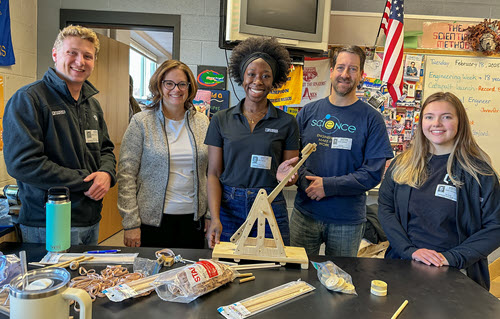


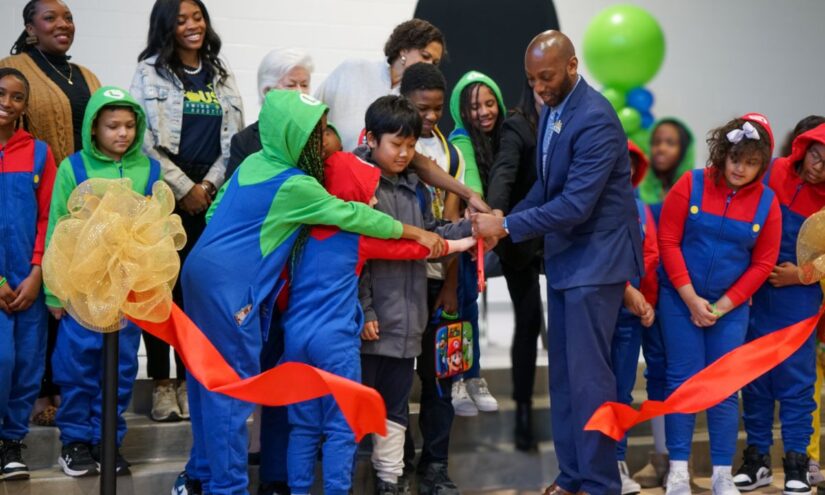

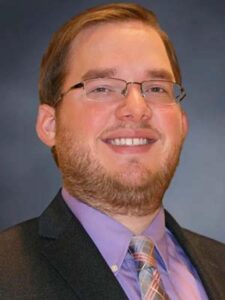 Ryan J. Yoder is an Associate Professor at The Ohio State University, serving the regional campus in Marion, OH. Dr. Yoder previously taught GOB chemistry at Marion before joining the full-time faculty in 2013. He currently teaches organic chemistry lecture and laboratory courses in addition to serving the campus and university community. He received his B.A. in chemistry from Ohio Wesleyan University and his Ph.D. from The Ohio State University. Dr. Yoder mentors undergraduate research students at Marion and Columbus, examining protein-ligand interactions toward therapeutics against threats from chemical weapons and cancer.
Ryan J. Yoder is an Associate Professor at The Ohio State University, serving the regional campus in Marion, OH. Dr. Yoder previously taught GOB chemistry at Marion before joining the full-time faculty in 2013. He currently teaches organic chemistry lecture and laboratory courses in addition to serving the campus and university community. He received his B.A. in chemistry from Ohio Wesleyan University and his Ph.D. from The Ohio State University. Dr. Yoder mentors undergraduate research students at Marion and Columbus, examining protein-ligand interactions toward therapeutics against threats from chemical weapons and cancer.